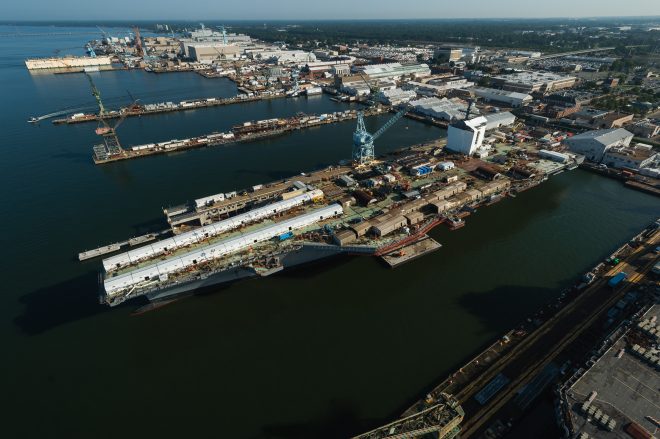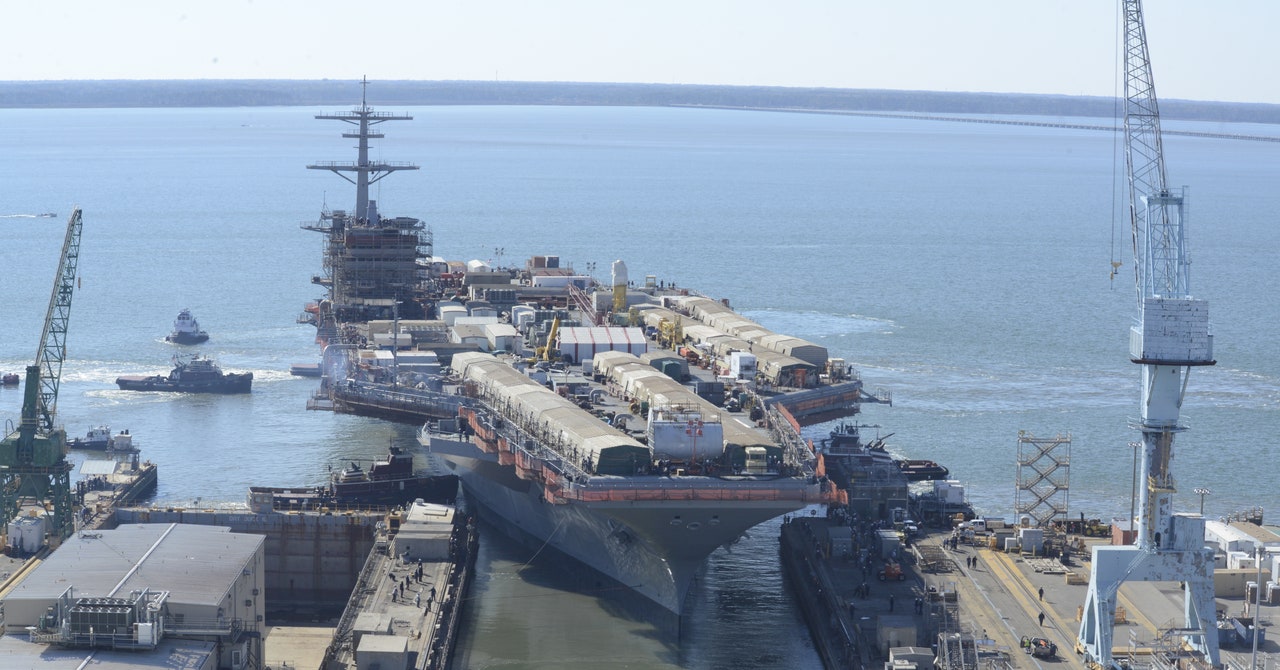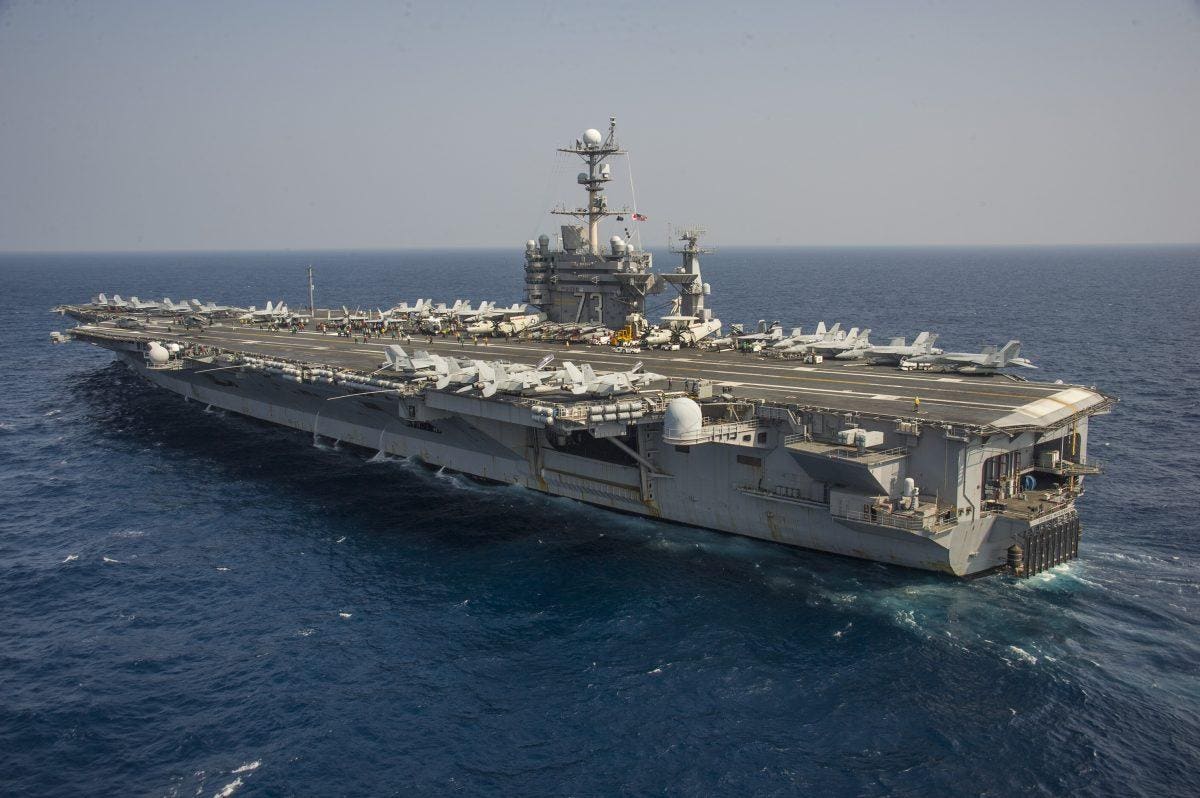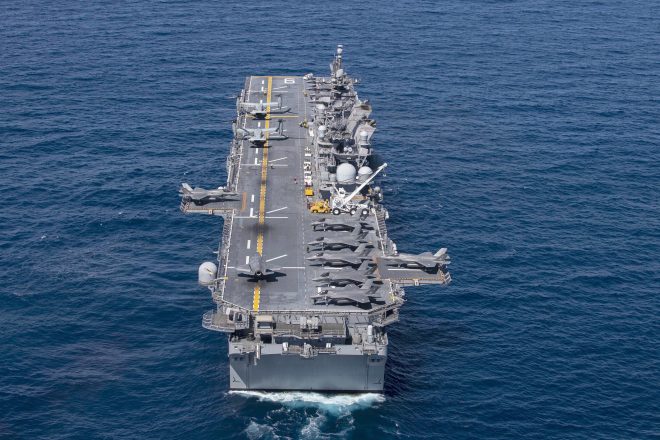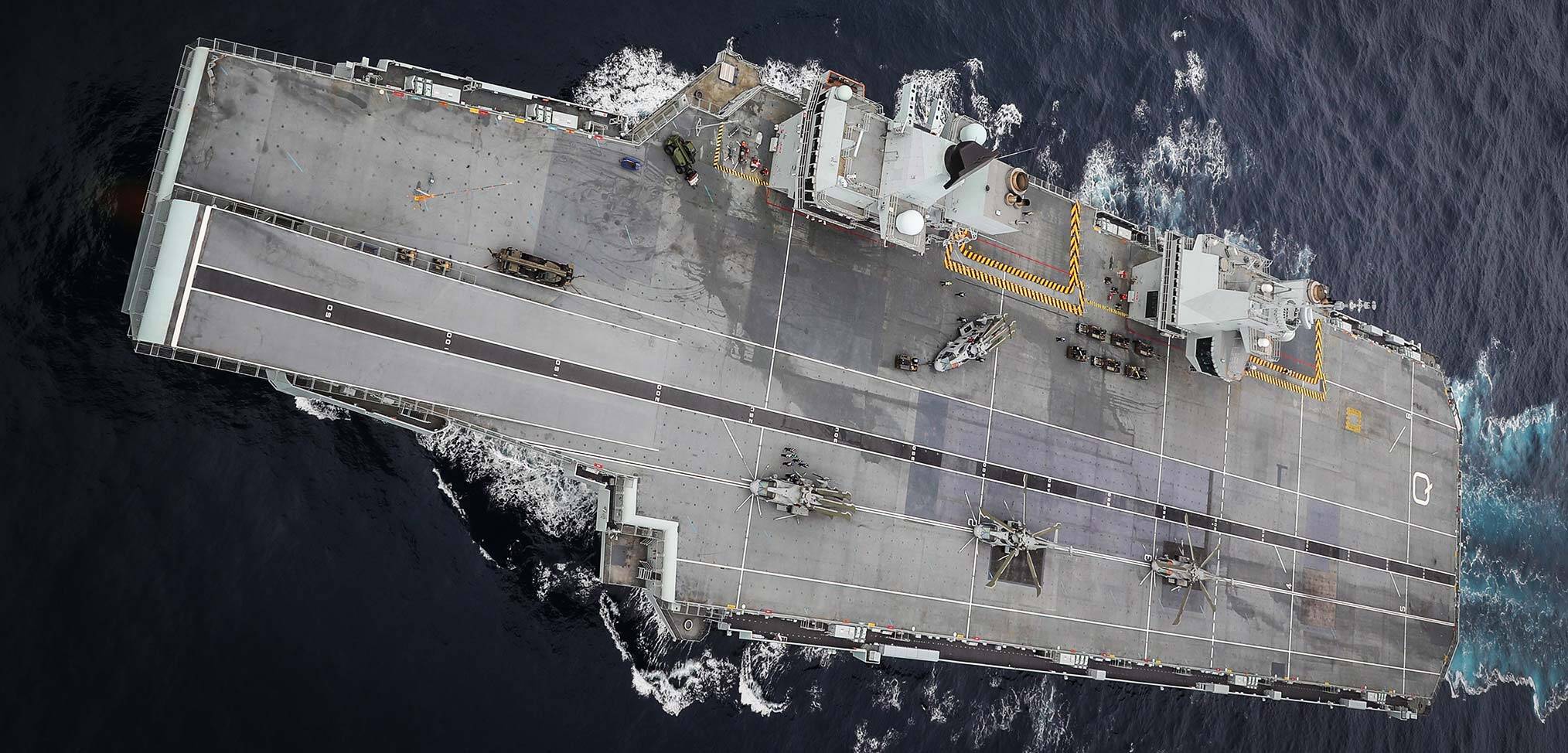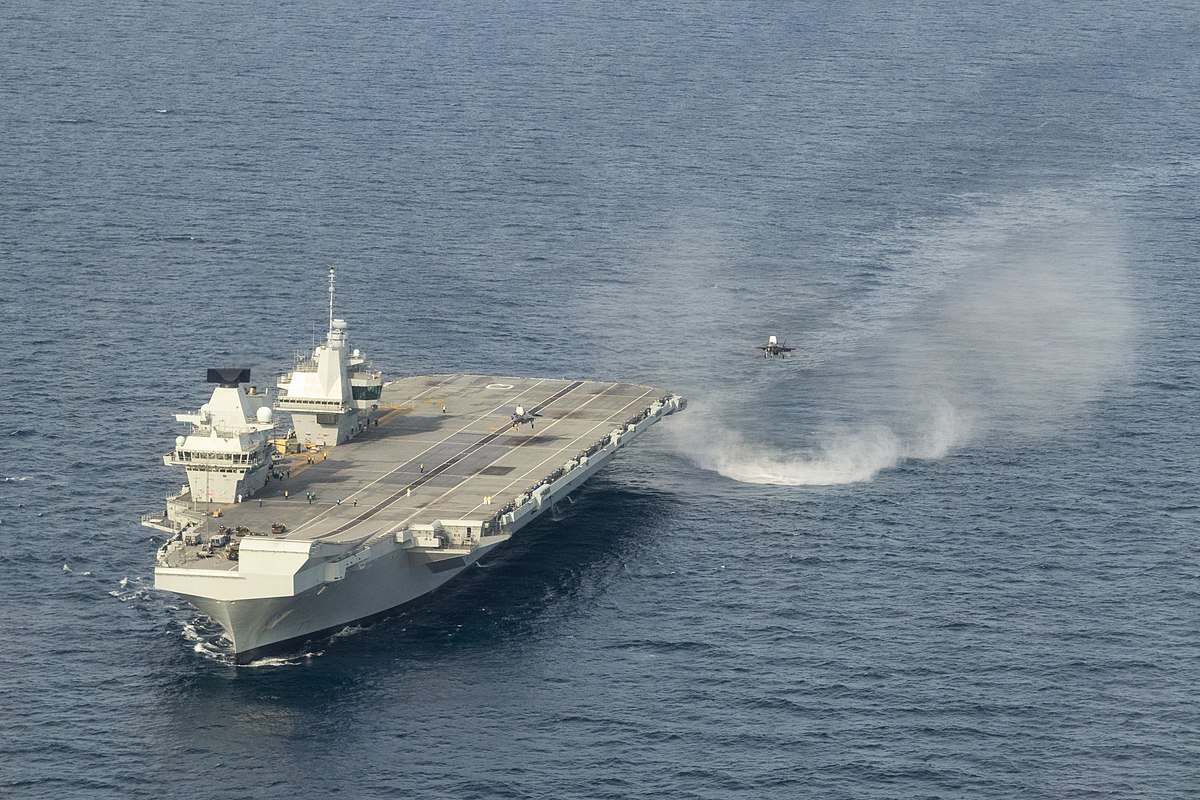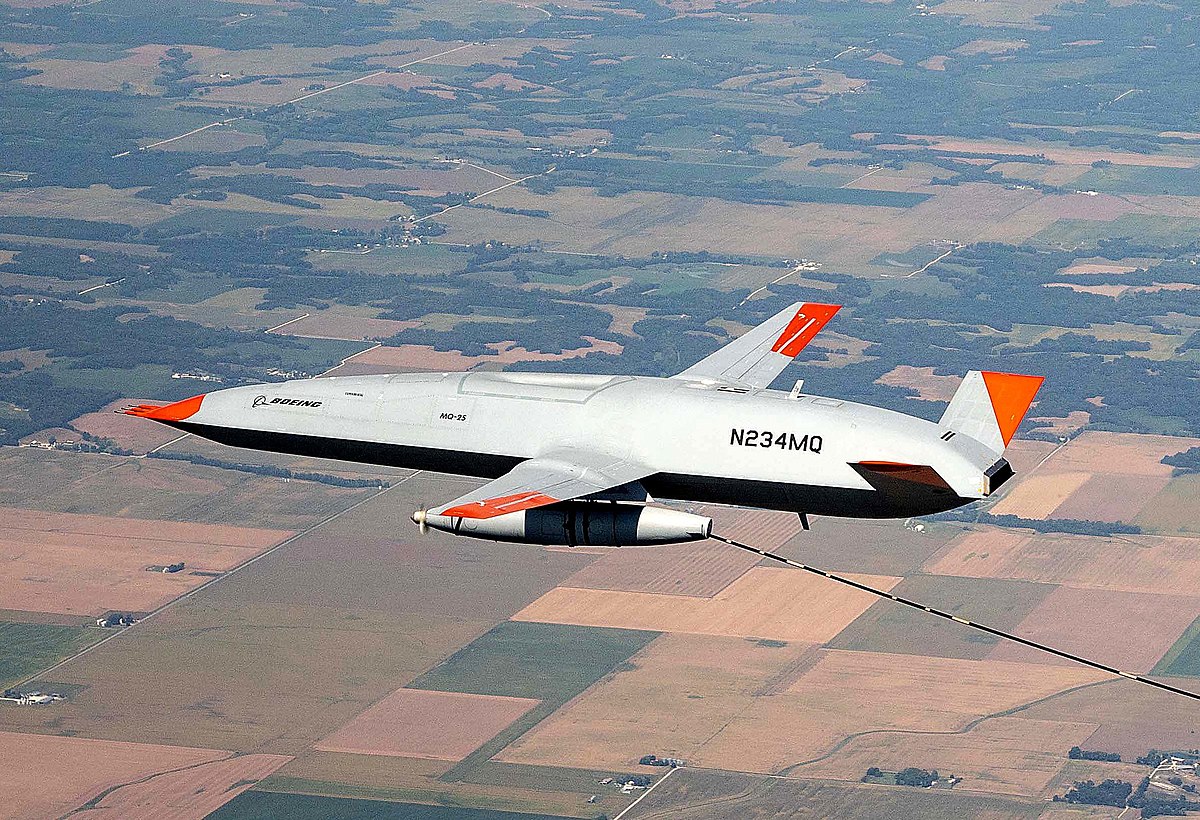Original scheme? Turn the clock back to the birth of carrier aviation. Look at these named for people:I really don't like the naming of carriers after people.
I would like to see the navy going back to the original scheme -- famous sailing ships and famous battles.
CV-1 Langley (for Samuel Pierpont Langley scientist and aviation pioneer - the very first carrier. Her name was changed when she was converted)
Then from the first group of 11 Essex class orders placed in 1940 after Founding Fathers
CV-13 Franklin (for Benjamin Franklin and not the Civil War battle)
CV-19 Hancock (for John Hancock)
CV-15 Randolph (for Peyton Randolph)
CVL-27 Langley (as per CV-1)
CVL-28 Cabot (after John Cabot the explorer)
CVB-42 originally launched Coral Sea but renamed Franklin D Roosevelt in May 1945 on orders President Truman.
CVL-49 Wright (named for the Wright Brothers)
All before the policy changed in the 1960s with CV-67 JFK.
Most of the CVE were named for bodies of water rather than battles.
Edit:- CV-16 was originally to be Cabot when ordered in 1940, until renamed to commemorate CV-2 Lexington in June 1942, 3 months before launch so allowing the name to be transferred to CVL-28.
Last edited:

